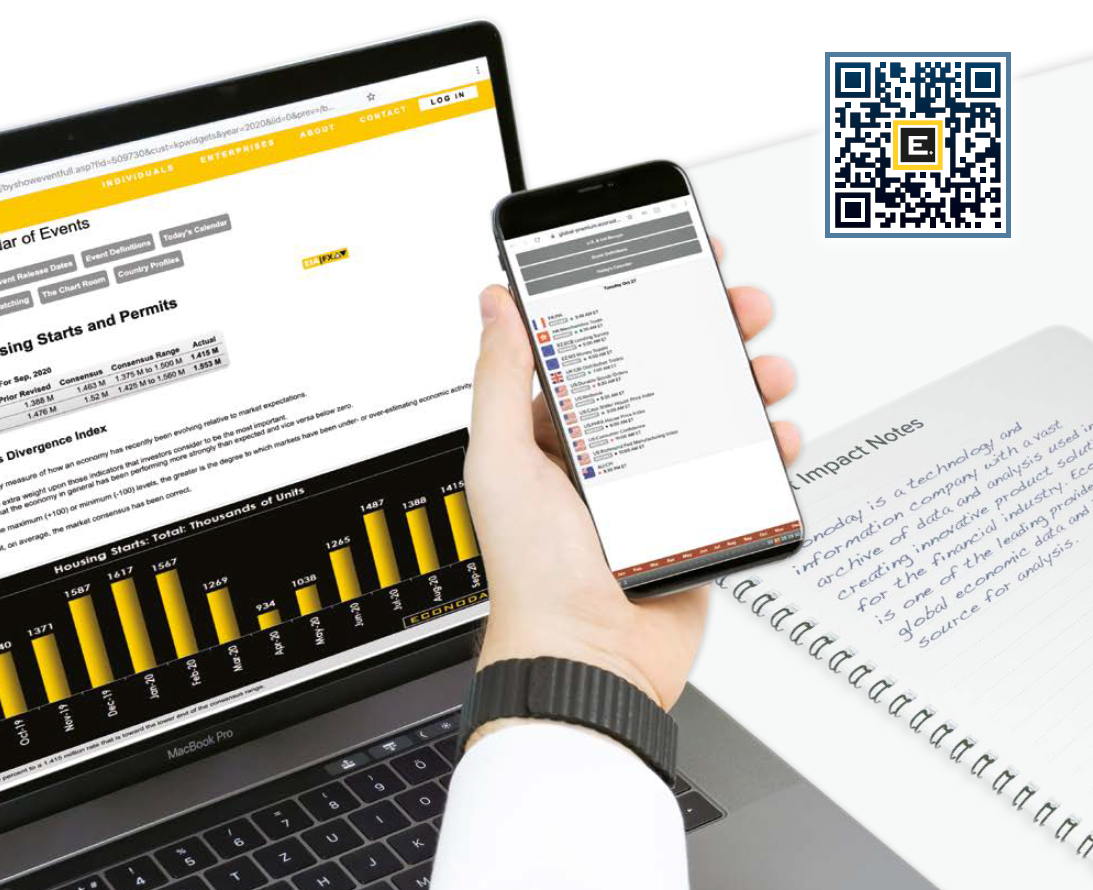FOMC Voter Roll Call for May 2-3 Meeting
By Theresa Sheehan, Econoday Economist
April 22, 2022
Expectations that the FOMC will lift short-term rates by 50 basis points at the May 2-3 meeting are high and not without reason. The minutes of the March 15-16 meeting showed that the decision to increase the fed funds target range by 25 basis points rather than 50 basis points was a near thing. Only the situation in Ukraine and the uncertainties of the impact on the US economy kept the vote in favor of the smaller increment. Since then, Fed policymakers have plenty of evidence that the US labor market is still robust and so far they are unfazed by the increases in interest rates, while data related to inflation suggests that price acceleration needs more immediate action by monetary policy.
On the eve of the communications blackout period (midnight on Saturday, April 23 through midnight on Thursday, May 4) it is a good time to take a roll call of where Fed voters stand.
The Board of Governors remains understaffed with three empty seats. Therefore there will only be four Governors voting at the upcoming FOMC meeting.
Chair Pro Tempore Jerome Powell has had pretty much the last word with his remarks on Thursday, April 21. In a panel discussion on the global economy at the IMF spring meetings, Powell said nothing to downplay the possibility of a 50 basis point increase in the fed funds target range. He was clear that a 50 basis point hike was “on the table” and hinted that the weight of sentiment on the FOMC was in that direction when he cited the minutes of the March 15-16 meeting. Current inflation pressures and those that will ripple into the US economy from the invasion of Ukraine are dominating the policy outlook.
Governor Lael Brainard’s recent remarks invoked former Fed Chair Volcker’s worries about inflation as a threat to economic growth and thus the price stability side of the dual mandate. She said, “It is of paramount importance to get inflation down”. She looked for a combination of reducing the balance sheet and raising rates as the way to tighten policy and bring down inflation. While she may be more in favor of a second 25 basis point hike in rates and a quick start to bringing down the size of the Fed’s holdings, she probably wouldn’t dissent about a 50 basis point increase if the majority of voters went in that direction.
Governor Christopher Waller has said he could support a 50 basis point hike and is willing to acknowledge that fighting inflation could mean slowing growth, but that it may be a necessary trade-off.
Governor Michell Bowman is also looking for a combination of higher rates and shrinking balance sheet to help control inflation without harming the economy. She may be on the fence about whether to increase rates 25 or 50 basis points depending on when the balance sheet reduction program starts and how aggressive it is.
All 12 District Banks have a place in the FOMC discussions, but only 5 have a vote. On balance, the slate of district bank presidents voting are more hawkish.
The New York Fed has a permanent vote in the annual rotation since the president of the district is the Vice Chair of the FOMC. New York’s John Williams is taking a cautious approach abut the pace of rate hikes. He has said, “We need to get closer to neutral but we need to watch the whole way”. Right now with consumer price inflation at 40-year highs, he could be willing to support a 50 basis point increase at the May meeting.
Cleveland’s Loretta Mester is among those looking to reduce stimulus by shrinking the balance sheet as a way to help inflation. But her past suggests she is a pragmatic hawk when it comes to price stability and with current inflation readings, could support a 50 basis point increase.
St. Louis’ James Bullard dissented at the last meeting in favor of a 50 basis point hike for the fed funds rate. There’s little doubt he hasn’t changed his mind.
Kansas City’s Esther George’s history is one of not infrequent dissents as an FOMC voter and preferring to act to avoid market imbalances. She has recently advocated for a “steady, deliberate approach” to removing monetary policy accommodation. She is likely not adverse to a 50 basis point increase, but she is also looking at the balance sheet reduction as a way to rein in some stimulus.
The other district bank that has a vote in 2022 is Boston. However, their new president won’t be sworn in until July. Until then, Philadelphia’s Patrick Harker will vote as an alternate. He is generally a moderate on monetary policy. Lately he has spoken about a series of “deliberate, methodical hikes as the year continues and the data evolve”. While he may be more cautious about escalating rates by 50 basis points, he would probably vote with the majority.
Note: At this writing, Jerome Powell will chair the FOMC meeting as Chair Pro Tempore since his nomination for a second term has yet to be confirmed. There is little doubt that it will take place but things like political machinations and the spring Congressional recess have created delays. Governor Lael Brainard is awaiting confirmation as Vice Chair. Both have received the Senate Banking Committee’s recommendation and should be voted on by the full Senate in the near future. Lisa Cook and Philip Jefferson’s nominations as governors are on hold, but could be able to move forward now that Sarah Bloom Raskin has withdrawn from consideration as a governor and Vice Chair of Supervision. The Biden Administration has put forward Michael Barr for those offices. His confirmation hearing should be scheduled soon.



